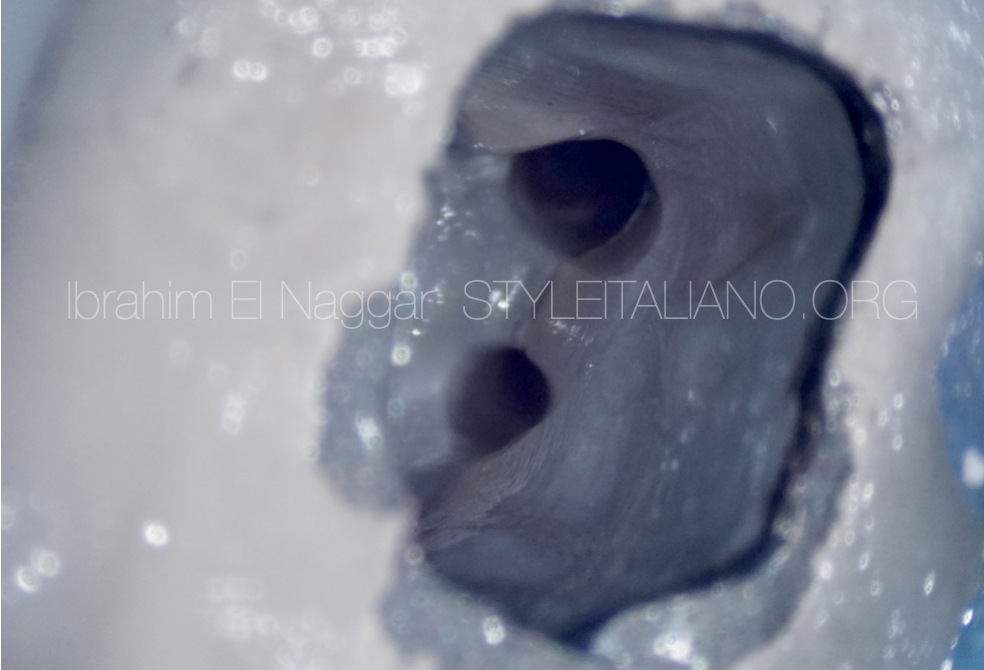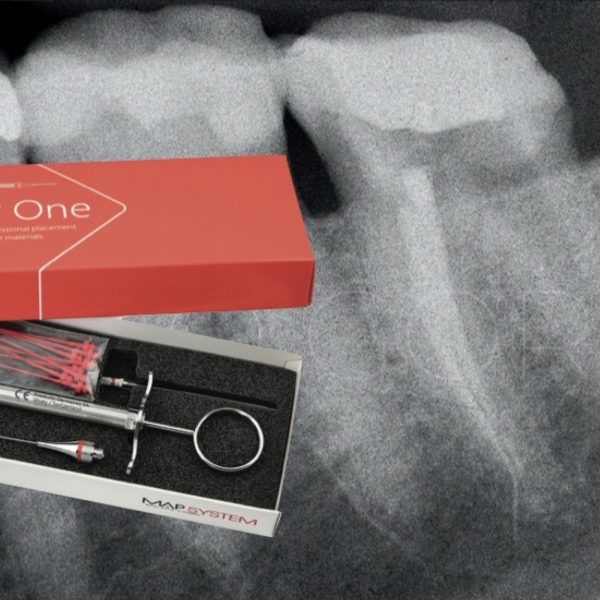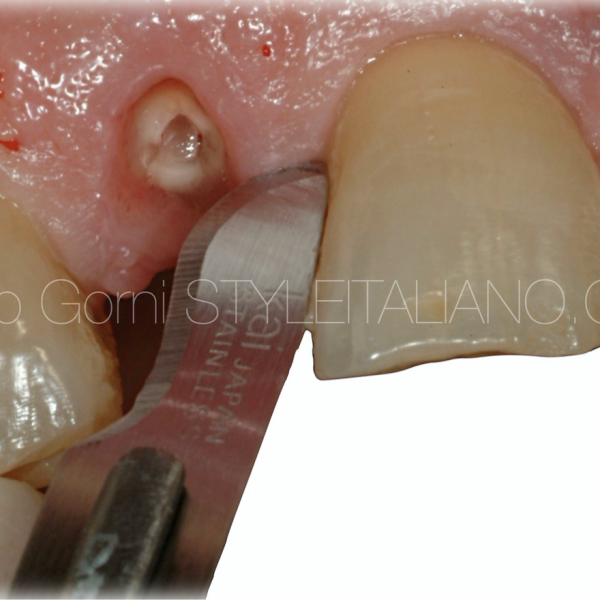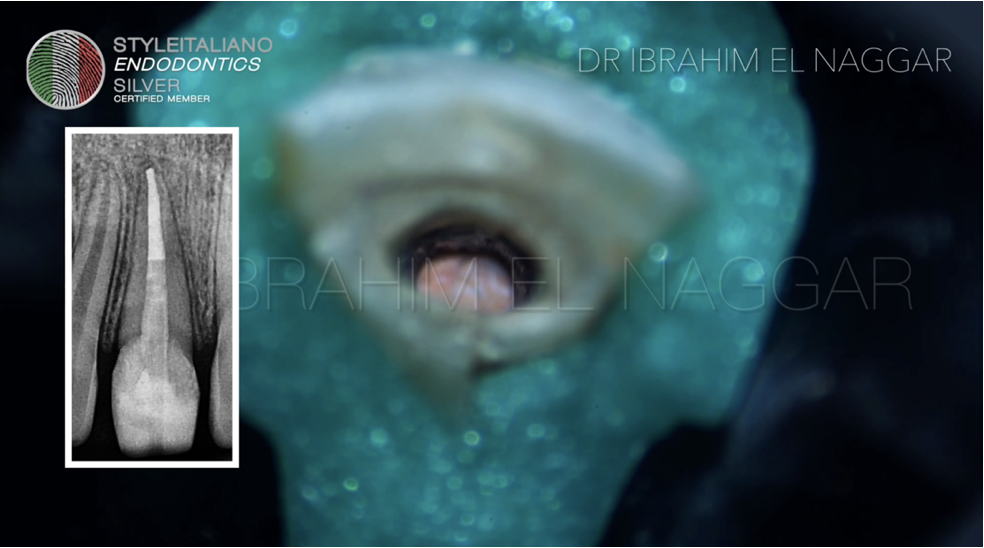
Retreatment Series: Episode 2
17/06/2021
Ibrahim El Naggar
Warning: Undefined variable $post in /var/www/vhosts/styleitaliano-endodontics.org/endodontics.styleitaliano.org/wp-content/plugins/oxygen/component-framework/components/classes/code-block.class.php(133) : eval()'d code on line 2
Warning: Attempt to read property "ID" on null in /var/www/vhosts/styleitaliano-endodontics.org/endodontics.styleitaliano.org/wp-content/plugins/oxygen/component-framework/components/classes/code-block.class.php(133) : eval()'d code on line 2
Root canal retreatment seems to be one of the biggest challenges in the Endodontic therapy, in the retreatment episodes we will review different scenarios with different cases.
In Endodontics we are dealing with a lot of challenges such as anatomy, mishaps, instrument separation, etc. but one of the biggest challenges is to deal safely with cases of retreatment that may present unusual anatomies or missed canals.
First of all, in case of retreatment, the clinician must have a strong idea about the causes that led to the failure of the initial treatment: it is impossible to know the exact cause in every case but, in order to reduce the risk of failure, assessment of the most likely reason of failure must be done. If we identify this reason, we can easily avoid it during the Retreatment, hence increasing the success of the therapy.
In the episode 1 I reviewed a case of retreatment due to missed Anatomy, in this case (Episode 2) I treated an Upper Central Incisor in a 10y Old girl with broken tooth, short filling & Open Apex.
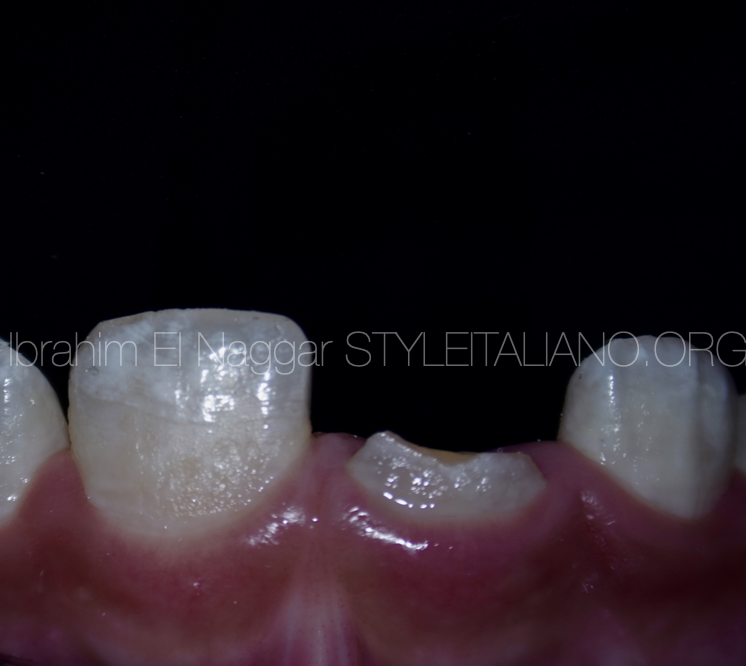
Fig. 1
Pre-Op Situation , Broken Tooth below the Gum Line
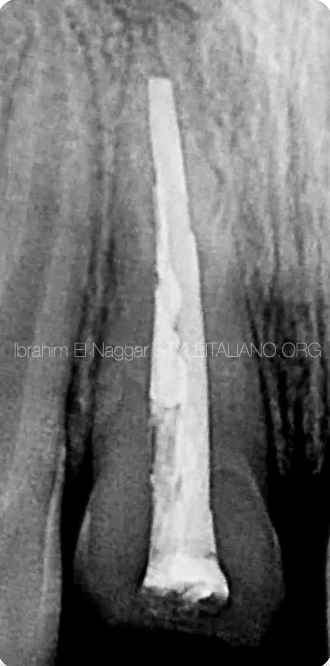
Fig. 2
The Pre-Op X-ray shows short filling ,open apex & gutta-percha extending to the coronal part of the tooth.
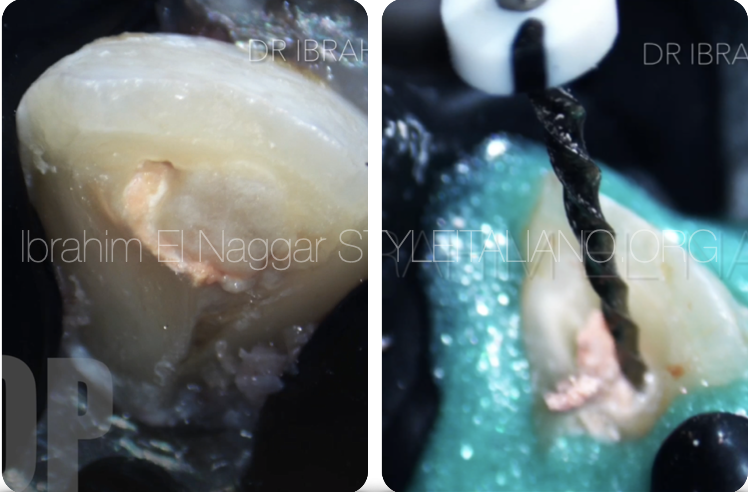
Fig. 3
Pre-operative situation & gutta-percha removal.
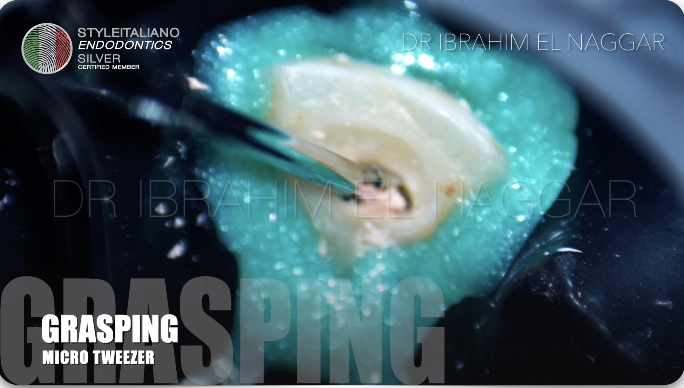
Fig. 4
Gutta-percha removal using micro tweezer.
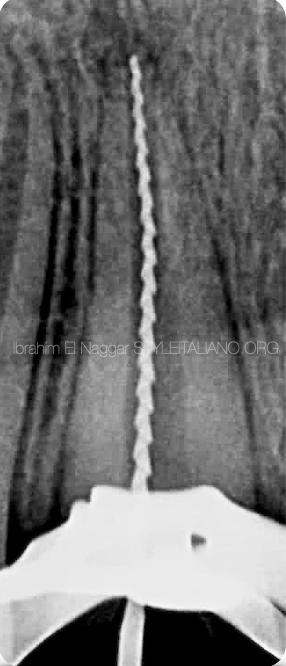
Fig. 5
Working length determination
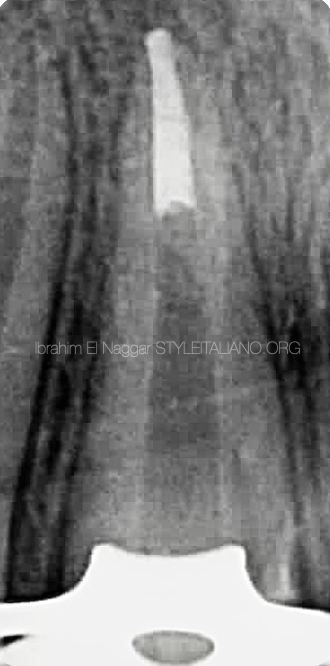
Fig. 6
Apical plug application
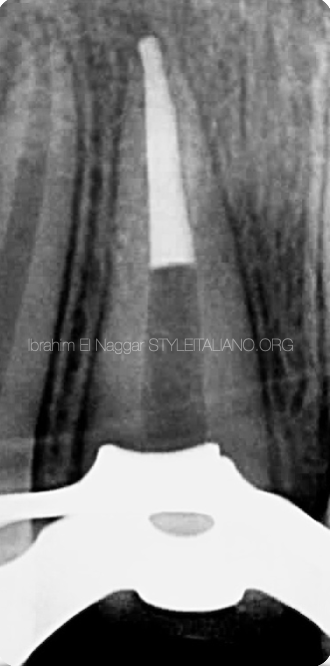
Fig. 7
Gutta-percha increment
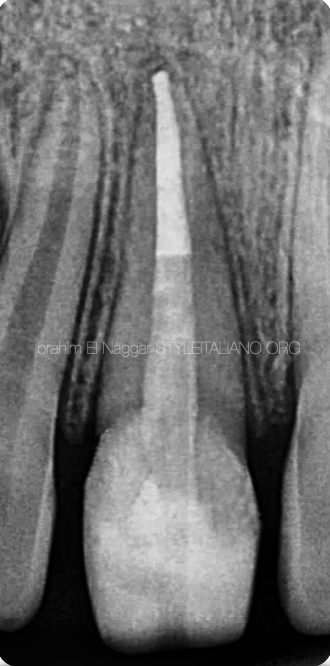
Fig. 8
Final obturation and post placement
Full case video
Conclusions
Planning and assessment for the Cause of failure is extremely important before going through the treatment.
In cases of open apex it is advisable to use MTA to achieve the apical seal, then to complete the treatment with gutta percha and restoration.


